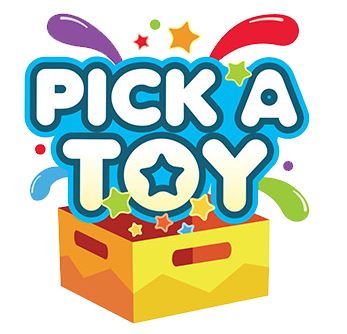Title: Toy Maintenance and Cleaning: Keeping Toys Safe and Hygienic
Introduction
Toys are essential companions in a child's life, offering endless hours of fun, learning, and comfort. However, as toys are used and loved, they can accumulate dirt, germs, and wear and tear. Proper toy maintenance and cleaning are crucial not only to prolong the lifespan of toys but also to ensure the safety and hygiene of your child's playthings. In this blog, we'll explore the importance of toy maintenance and provide practical tips on how to clean and care for your child's toys.
Why Toy Maintenance Matters
Toy maintenance is not just about preserving the aesthetic appeal of toys; it encompasses several important aspects:
1. Safety: Regular maintenance helps identify and address safety hazards, such as loose parts, sharp edges, or broken components.
2. Hygiene: Toys can harbor germs and bacteria, especially those that children frequently put in their mouths. Proper cleaning reduces the risk of illness.
3. Durability: Well-maintained toys last longer, providing more playtime and reducing waste.
4. Functionality: Maintenance ensures that toys continue to function as intended, allowing children to enjoy their full educational and entertainment value.
Practical Toy Maintenance Tips
Here are some practical steps to help you maintain and clean your child's toys effectively:
1. Establish a Routine:
Set aside regular intervals for toy maintenance and cleaning. This can be weekly, bi-weekly, or monthly, depending on the frequency of toy use.
2. Separate Toys by Type:
Group toys by type and material (e.g., plush, plastic, wooden) to simplify the cleaning process.
3. Read Manufacturer Instructions:
Always check the manufacturer's cleaning and care instructions provided with the toy. Follow their recommendations whenever possible.
4. Dusting and Wiping:
Dust and wipe toys with a clean, dry cloth or a microfiber duster to remove surface dirt and dust. This is especially important for display toys or collectibles.
5. Gentle Cleaning Solutions:
For plastic toys, use a mixture of mild dish soap and warm water. Avoid harsh chemicals that may damage the plastic or pose health risks to children.
6. Plush and Fabric Toys:
Plush toys can be cleaned by spot-treating stains with a damp cloth or using a gentle fabric cleaner. Check labels for machine-washable instructions and use a laundry bag to protect delicate toys.
7. Wooden Toys:
Wipe wooden toys with a damp cloth and mild soap. Ensure they are completely dry to prevent wood damage.
8. Bath Toys:
Bath toys should be thoroughly rinsed and dried after each use to prevent mold and mildew growth. Periodically squeeze out any trapped water.
9. Battery-Powered Toys:
Remove batteries when toys are not in use for an extended period to prevent battery leakage and potential damage to the toy's electronic components.
10. Inspect for Safety:
- Regularly inspect toys for signs of wear, loose parts, or damage. Address any safety concerns immediately by repairing or disposing of the toy.
11. Storage Solutions:
- Store toys in a clean and dry environment, ideally in containers or shelves that protect them from dust and moisture. Consider labeled bins or containers to keep toys organized.
12. Teach Children Good Toy Hygiene:
- Encourage children to wash their hands before playing and to keep food and drinks away from toys to minimize the need for frequent cleaning.
Conclusion
Proper toy maintenance and cleaning are essential for ensuring the safety, hygiene, and longevity of your child's toys. By establishing a regular cleaning routine and following manufacturer recommendations, you can create a clean and safe play environment for your child, providing them with toys that are not only fun but also well-cared for and ready for countless hours of play and exploration.
